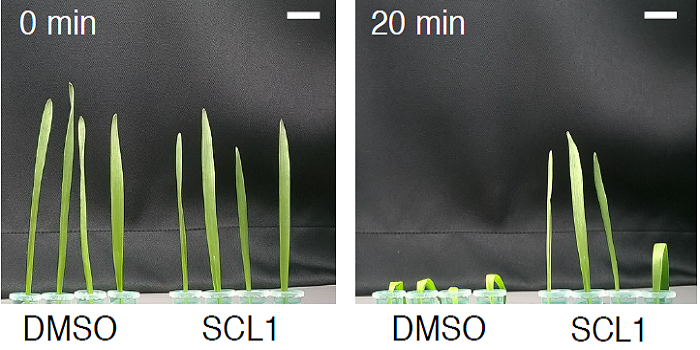
Identification and characterization of compounds that affect stomatal movements ($) (Plant Cell Physiol)
Plant Science Research WeeklyToh et al. screened more than 20,000 chemicals from chemical libraries for compounds that regulate stomatal movement. They used Commelina benghalensis for their screen, as its stomata are about twice as large as those in Arabidopsis thaliana. They identified nine compounds that inhibited stomatal opening…
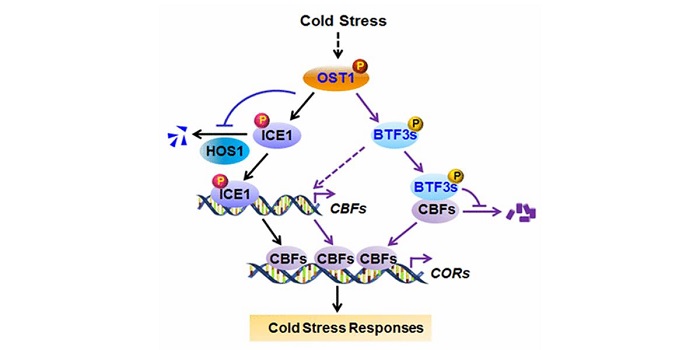
OST1‐mediated BTF3L phosphorylation positively regulates CBFs during plant cold responses (EMBO J)
Plant Science Research WeeklyDing et al. have just elucidated an important protein involved in the cold response of plants: BTF3L (basic transcription factor 3-like). The CBF/DREB (C-repeat binding factor/dehydration-responsive element protein) family of transcription factors are the main cold responsive pathway. The new article…

Gene boosts rice growth and yield in salty soil
Blog, Research, The Plant Cell, The Plant Cell: News
In a new study published in The Plant Cell, a team of researchers identified a gene that limits yield losses in rice plants exposed to salt stress and deciphered the underlying mechanism.
Soil salinity poses a major threat to food security, greatly reducing the yield of agricultural crops. Rising…
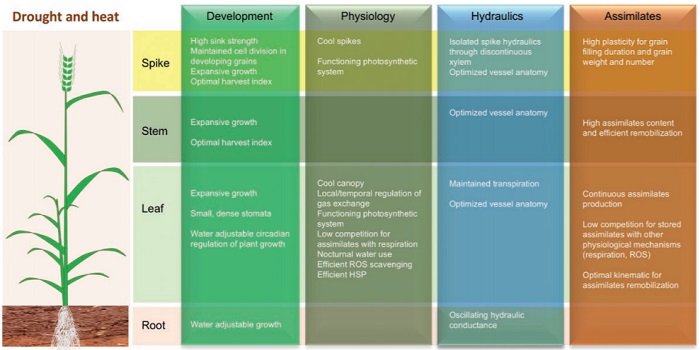
Review: Heat and drought tolerance in wheat – now and for the future (J Exp Bot)
Plant Science Research WeeklyStress due to high heat and drought causes losses in wheat production all over the world. While genetic variation and quantitative trait loci for drought and heat tolerance are known, the genetic loci that underlie tolerance to these combined stress are likely different from those that underlie each…
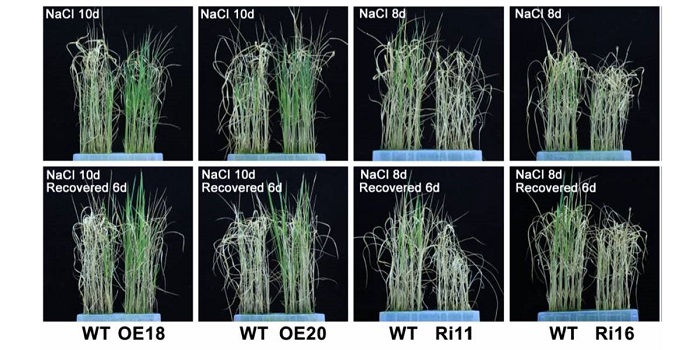
Receptor-like cytoplasmic kinase STRK1 mediates salt tolerance in rice via H2O2 homeostasis ($) (Plant Cell)
Plant Science Research WeeklySalinity is a widespread stressor. Zhou et al. investigated the role of receptor-like kinases (RLKs) in salinity tolerance by identifying RLKs that are transcriptionally upregulated by salt treatment. Candidates were introduced either as overexpression (full-length) or dominant negative (partial) clones,…
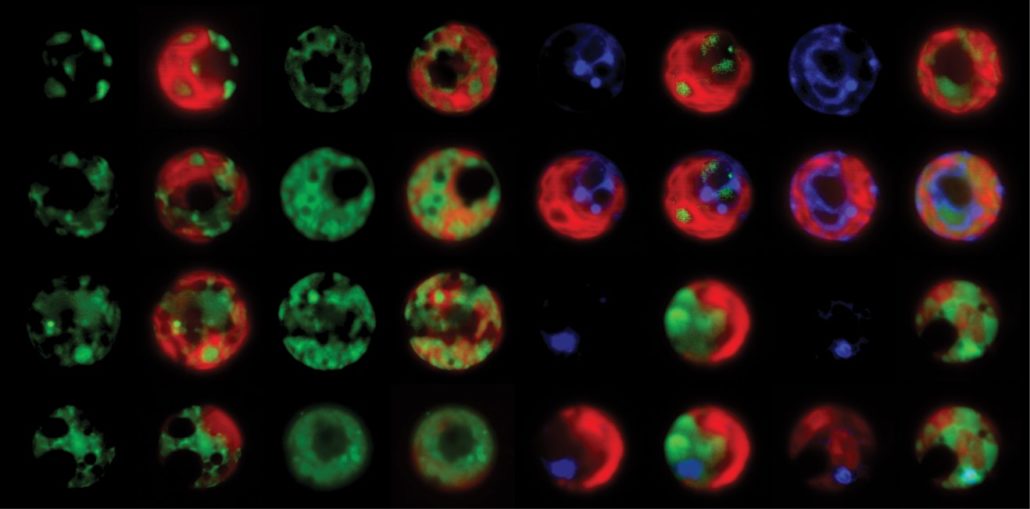
Saving Algae from Environmental Stresses
Research, The Plant Cell, The Plant Cell: In a NutshellDu et al. investigate an important protein that regulates photosynthesis under stress. Plant Cell. https://doi.org/10.1105/tpc.17.00446.
Background:…
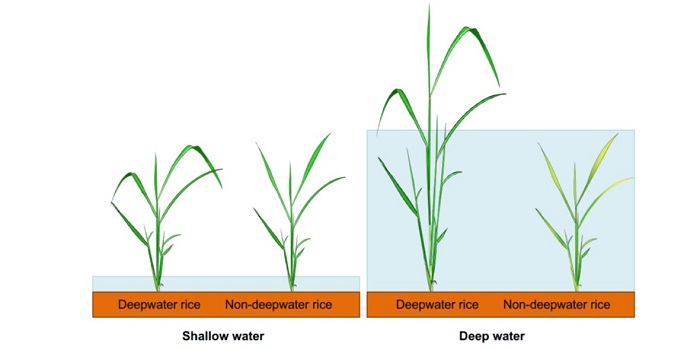
Transcriptome Studies of Deepwater Rice
Plant Physiology, Plant Physiology: On The InsideRice (Oryza sativa) paddies frequently become submerged during the rainy season in some parts of South and Southeast Asia, such as Bangladesh, India, Thailand, Vietnam, and Cambodia. Submergence stress is harmful to plants. In addition to causing O2- and CO2-deficient conditions by restricting environmental…

Apple Hexokinase Mediates Response to Salinity Stress
Plant Physiology, Plant Physiology: On The InsideAbiotic stresses such as drought, salinity, low temperature, and flooding usually lead to sugar accumulation. It has been reported that the accumulation of Glc, Suc, and Fru under high salinity plays an important role in carbon storage, osmotic regulation, and homeostasis, as well as scavenging of free…

Brassinosteroids and Hydrotropism
Plant Physiology, Plant Physiology: On The InsideSoil water availability is a major constraint for crop growth throughout the world. Hydrotropism, the bending of roots in response to moisture gradients, enables plants to take better advantage of available soil water. In contrast to gravitropism and phototropism which have been studied extensively,…

